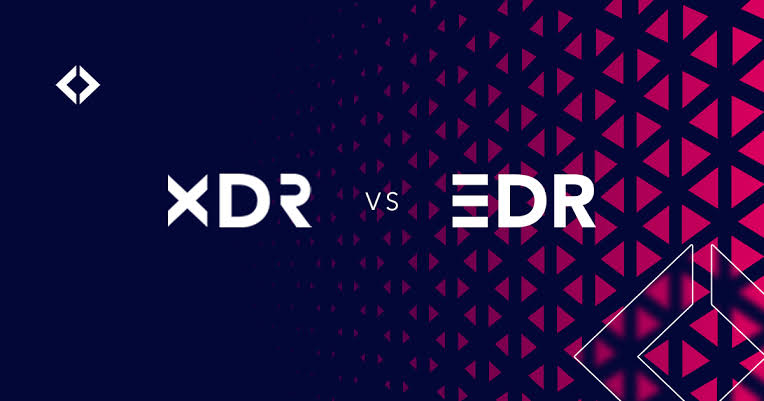
In the dynamic realm of cybersecurity, staying ahead of digital threats is crucial. Let’s break down the basics of Endpoint Detection and Response (EDR) and Extended Detection and Response (XDR), understanding how they differ and why both are essential for robust defense.
EDR Breakdown: Keeping a Close Eye on Devices
What EDR Does:
EDR is like a security guard for individual devices (like computers and servers), keeping a watchful eye for anything suspicious.
It’s excellent at quickly spotting and dealing with potential security issues on specific devices.
How EDR Helps:
By paying close attention to what each device is doing, EDR can quickly catch and respond to potential security problems.
XDR Unveiled: A Holistic Defense Approach
Going Beyond Endpoints:
Unlike EDR, XDR looks at the bigger picture, considering data from emails, networks, and the cloud, not just individual devices.
It provides a full view of the entire IT setup, making it easier to identify and stop complicated cyber attacks.
Smart Analysis for Understanding:
XDR doesn’t just look at bits of information; it connects the dots from different sources. This helps tell the difference between harmless oddities and actual security threats.
Making Defense Easier:
XDR simplifies the response to incidents by bringing everything together in one place. This makes handling threats across different areas more straightforward, reducing the chances of missing something important.
Why XDR Alongside EDR?
Covering All Angles:
XDR looks at the whole digital landscape, vital in today’s connected world where threats can come from many places.
It ensures a thorough check for threats, catching risks that might slip through in a system focusing only on individual devices (like EDR).
Understanding and Responding Better:
XDR’s way of analyzing data from various sources helps in better understanding if something is a real threat or just a harmless anomaly.
This smart analysis improves the accuracy of spotting and responding to potential problems.
Keeping Things Simple:
With XDR, dealing with security threats becomes simpler. It brings everything together in one platform, making sure the defense is well-organized and reducing the chance of missing something important.
Looking Ahead: What’s Coming for EDR and XDR?
Smarter Technology:
Both EDR and XDR will become even smarter by using advanced technology like Artificial Intelligence (AI) and Machine Learning (ML) to identify and respond to new kinds of threats.
Trusting No One (Almost):
As cybersecurity evolves, the focus will be on making sure every user and device is continually checked and monitored. EDR and XDR will play crucial roles in this ‘Trust No One’ approach, adding a layer of security against internal threats.
Keeping Everything Safe:
With more and more devices connected to the internet (like smart fridges), EDR and XDR will need to evolve to keep everything safe. It’s not just about computers anymore!
Embracing the Cloud:
As companies move more of their stuff to the cloud, EDR and XDR will adapt to keep things secure there too. It means being ready to detect and respond to threats in apps and services based in the cloud.
In a nutshell, while EDR is crucial for watching over individual devices, adding XDR to the mix creates a strong defense against the diverse threats we face today. The future of EDR and XDR promises to use smarter technology, focus on checking everything and everyone all the time, and adapt to the changing landscape of cybersecurity. Organizations that embrace these changes will be better equipped to keep their digital stuff safe.